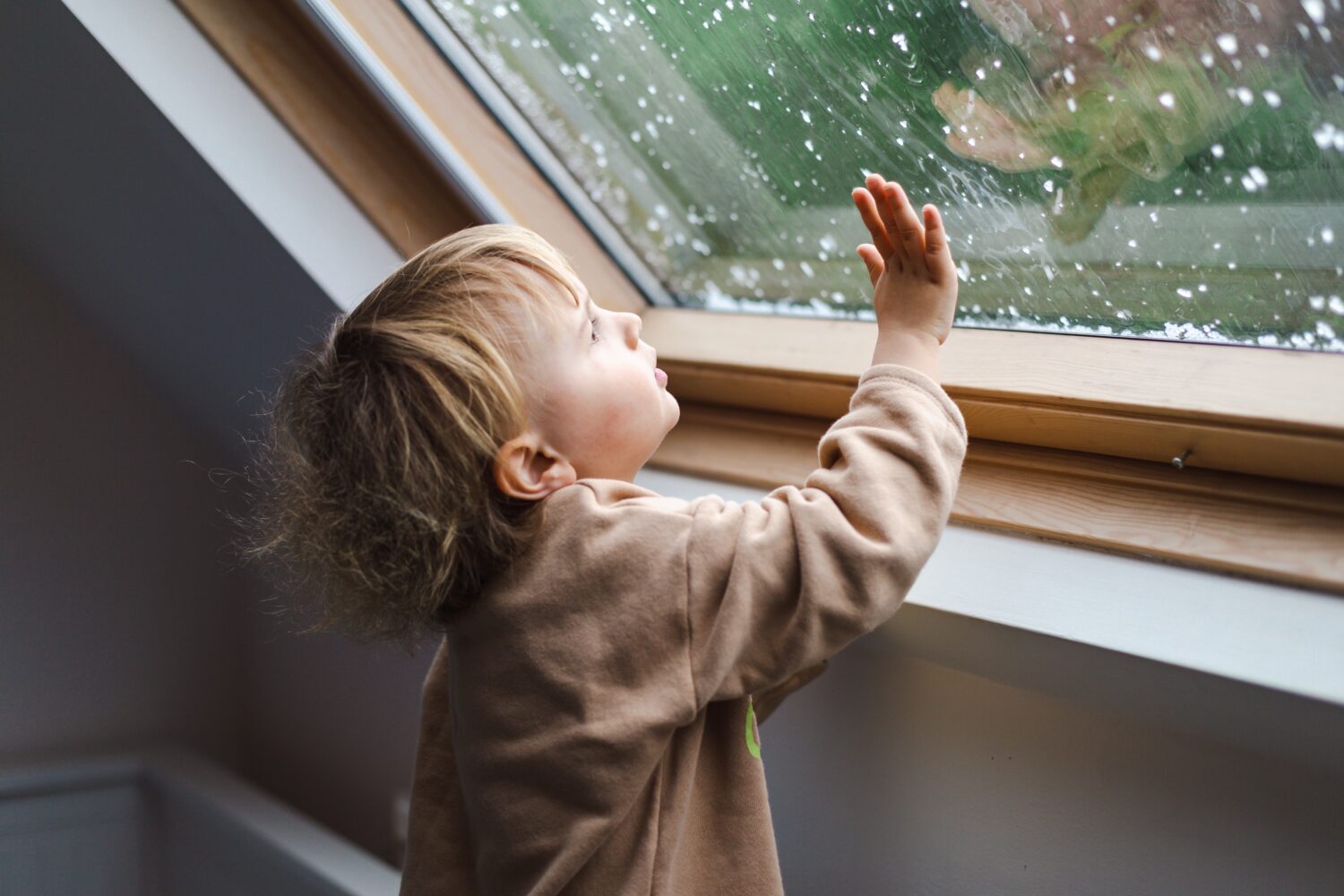Your house is likely to be your biggest investment. If it’s hit by a hurricane, wildfire, or other natural disaster, it could cost thousands to rebuild. Taking time to read your home insurance policy, create an emergency kit, check smoke detectors, and locate your shut-off valves can help prepare you—and your home—for any storm you encounter.
Your need for natural disaster prep can vary by region and season.
For the Atlantic area of the U.S., hurricane season officially runs from June 1 to November 30. However, the first hurricane usually appears in late August to early September. A higher rate of tornadoes may occur in spring and summer, while wildfires and earthquakes can take place throughout the year.
For more information, take a look at the NCEI’s (National Centers for Environmental Information) map of last year’s natural disasters.
How to prepare for a hurricane or natural disaster: 8 steps
If you live in an area considered vulnerable to natural disasters, familiarize yourself with these tips:
1. Read your insurance policy
Getting to know your home insurance policy is something best done in advance. Reading through your policy can help you ensure you have the appropriate amount of coverage. Though flooding can happen anywhere, it’s a good idea to buy separate flood insurance if you live in a high-risk flood zone.
Reminder: You can buy flood insurance at any time, but it may take 30 days for a policy to become active.
2. Put together an emergency kit
Ready.gov provides a helpful breakdown of what should go into your natural disaster kit:
- Cash
- Prescription meds and glasses
- Pet food, infant formula, and diapers (if applicable)
- Essential documents, such as bank and insurance paperwork, stored in a waterproof container
- First aid kit or book
- Sleeping bag/bedding and a change of clothes for each person
- Matches and a fire extinguisher
- Feminine products
- Paper towels, plates, cups, and utensils
- Water and non-perishable foods
You can read the full checklist here.
Tip: Store this kit in an easy-to-access area in case you need to leave your home quickly.
3. Get a fireproof safety deposit box
It’s a good practice to store essential documents, like birth certificates, passports, a marriage license, mortgage paperwork, and insurance policy information, in a fireproof and waterproof safety deposit box. Also, make digital copies of these documents for reference.
Tip: While not necessarily “essential,” it can be smart to digitize beloved family photos.
If your home has been damaged or destroyed by a natural disaster, we want to help. Contact your local Cornerstone loan officer.
4. Check smoke detectors and fire extinguishers
Make sure your home’s smoke and carbon monoxide detectors are in working order. Ideally, batteries should be changed at least twice a year. Along with working smoke detectors, consider storing a fire extinguisher on each level of your home.
Reminder: If you live in a flood zone, install a water sensor in the basement or bottom level of your house.
5. Locate your shut-off valves
If you haven’t located your electricity, water, and gas shut-offs since moving in, now’s the time to do it. The main circuit breaker may be in your utility room or garage, while the water shut-off valve may be in the basement or on an exterior wall of your house. If you have natural gas, the shut-off valve should be located near the gas meter.
Tip: Consider labeling all shut-off valves clearly and keep any special tools needed to operate them (like a gas shut-off wrench) nearby.
6. Anchor heavy items
Brace or anchor heavy household objects, like the water heater, bookshelves, cabinets, TVs, and dressers, if you live in an earthquake-prone zone. You can also temporarily anchor outdoor items that can’t be moved indoors. This might include a shed, trampoline, or backyard deck.
Tip: Sandbags can be used to weigh down outdoor furniture before a storm.
7. Seal the basement
To minimize water damage, sealing cracks in the basement is one of the best precautions you can take. Sealing a basement can help reduce water seepage after a rainstorm and keep a musty smell out. Sealing visible cracks with a sealant and recaulking windows and doors can also help to mitigate more serious flooding.
Tip: If you plan to finish your basement, water-resistant flooring is recommended.
8. Trim trees
Trimming trees prevents wear and tear on your roof. In the case of natural disasters, it can also reduce the likelihood of downed limbs damaging your home or others. That said, it’s important not to prune trees right before a weather event so debris doesn’t accumulate.
Reminder: If you’re in a tornado- or hurricane-prone zone, it can be helpful to reinforce your garage door and install storm shutters.
When a natural disaster strikes
Please let us know how we can help you recover. If your home is destroyed or severely damaged, you may be eligible for 100-percent financing on your next house. Reach out for more information.
Sources deemed reliable but not guaranteed. For educational purposes only.

